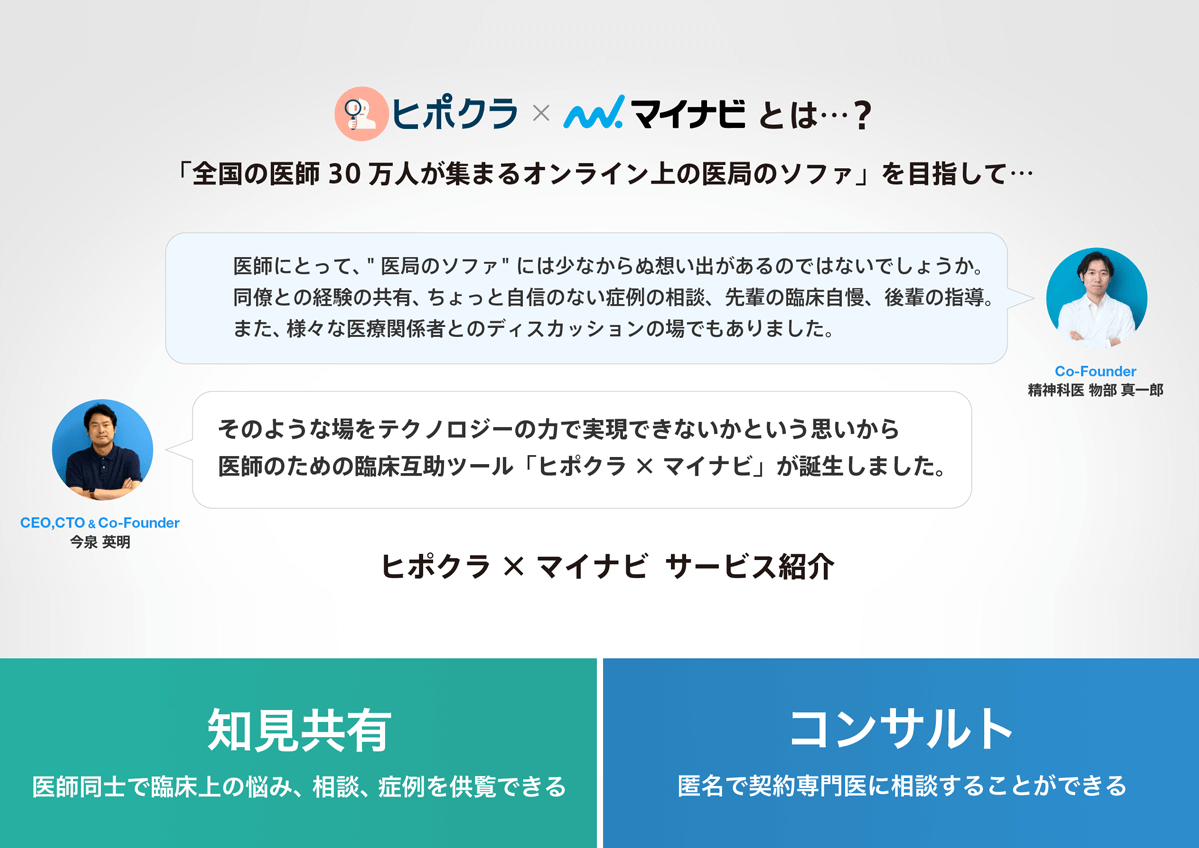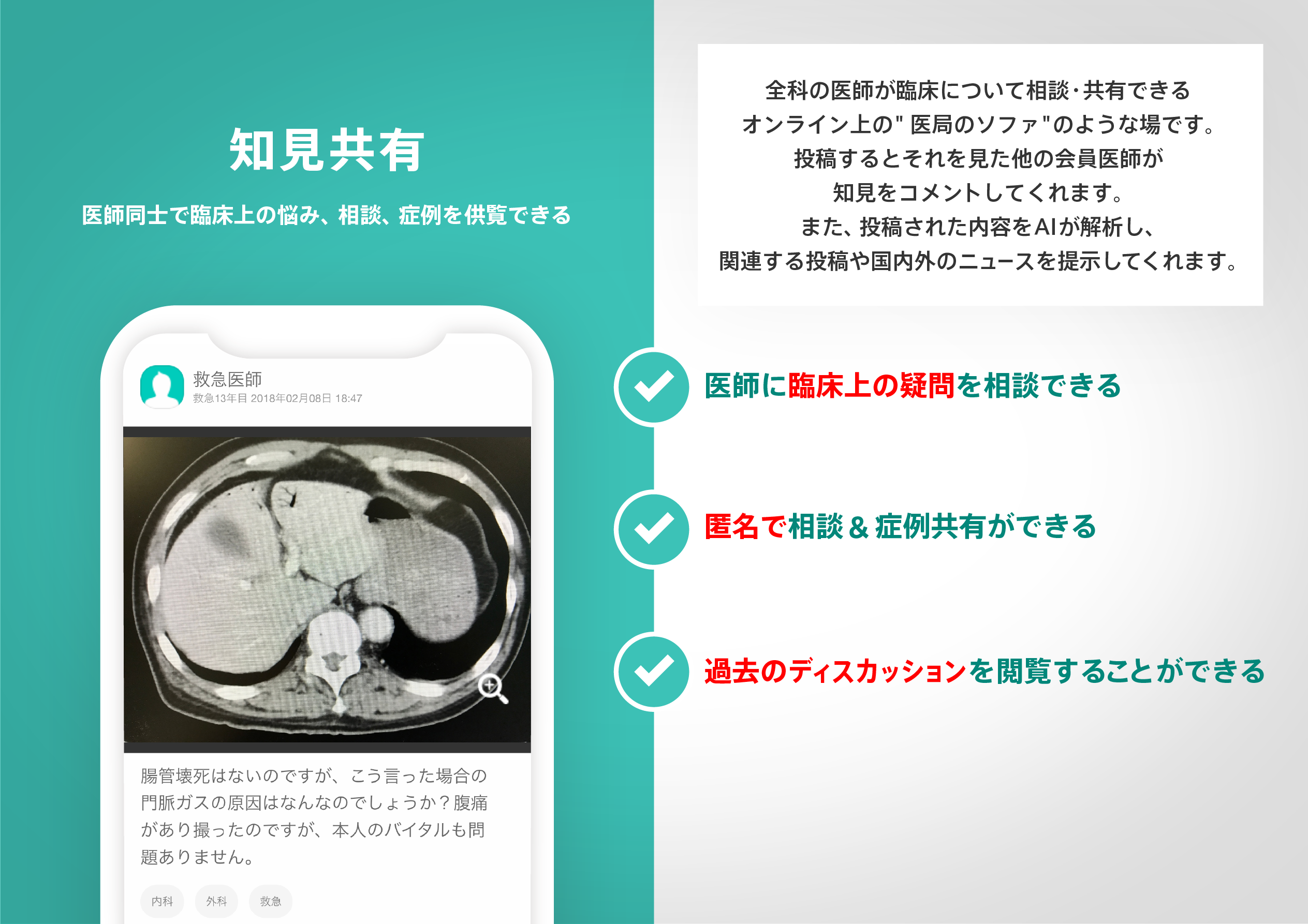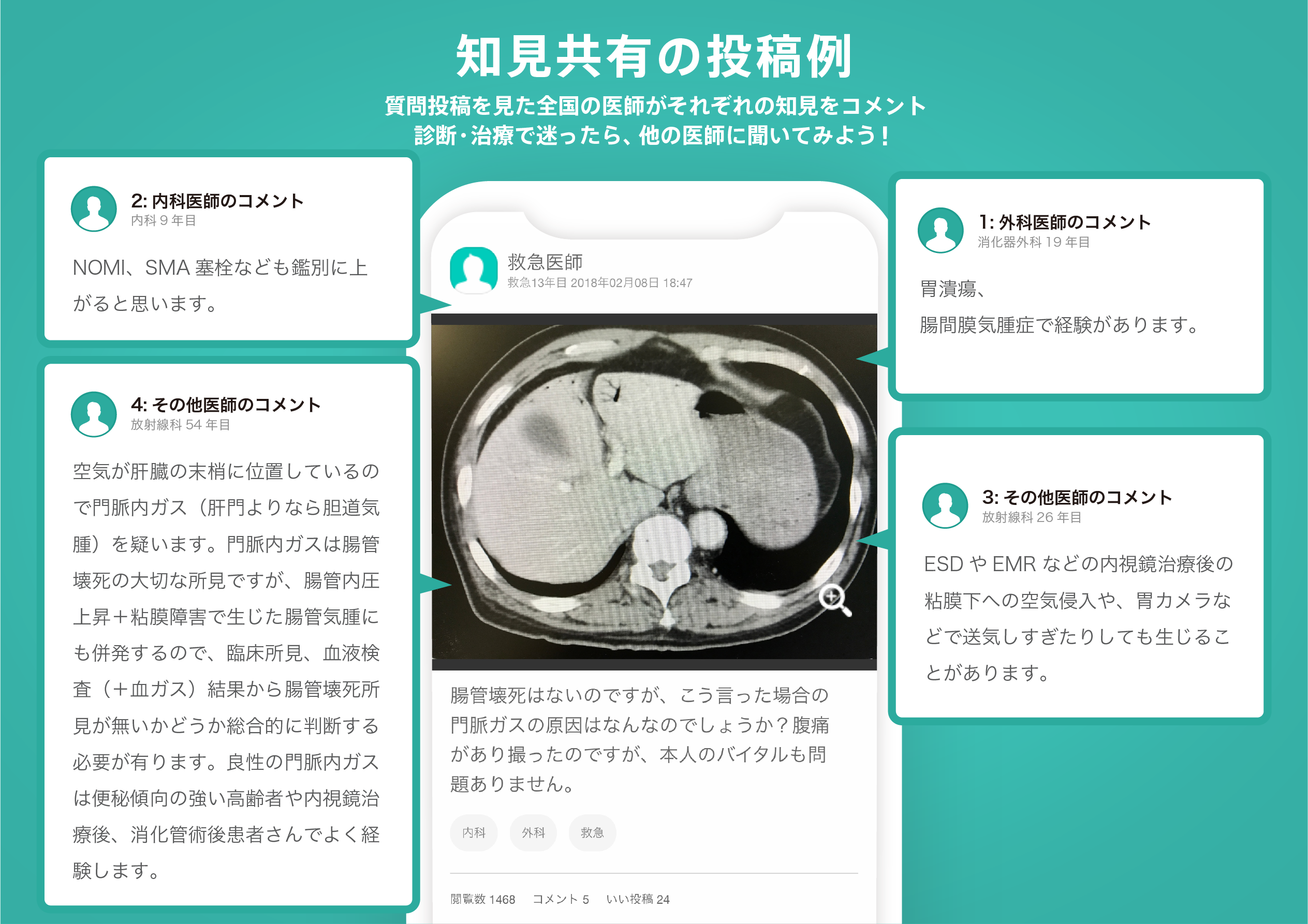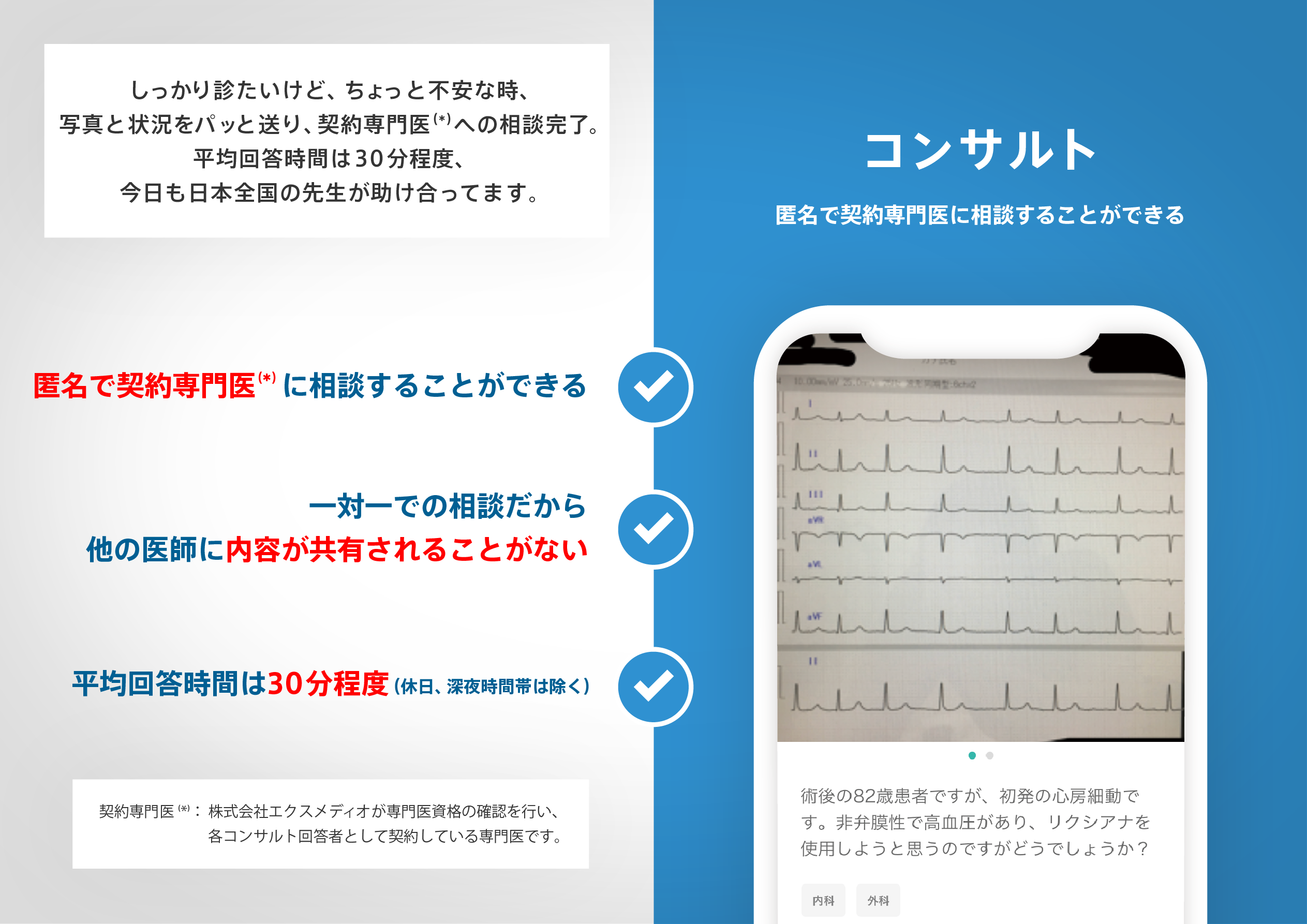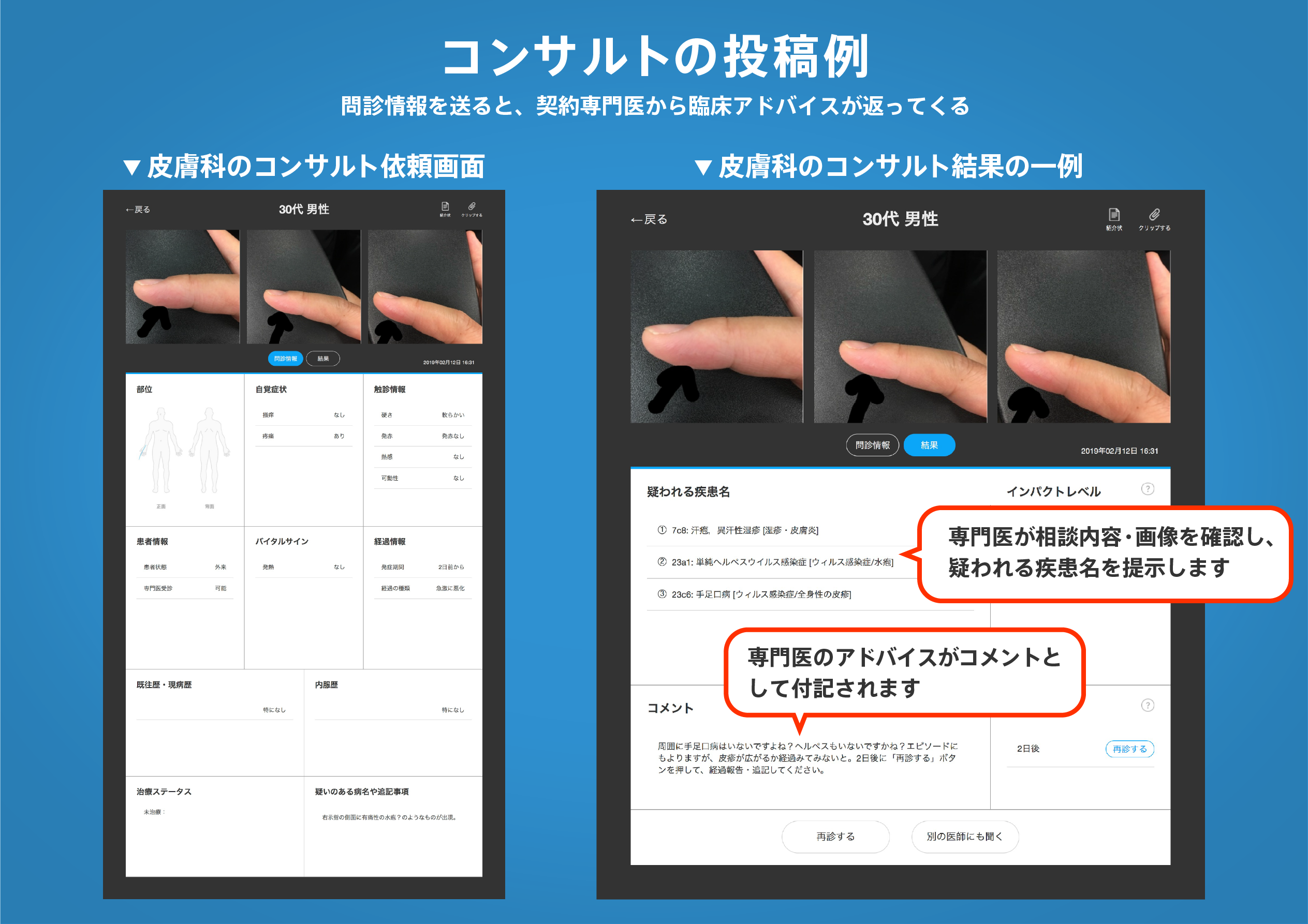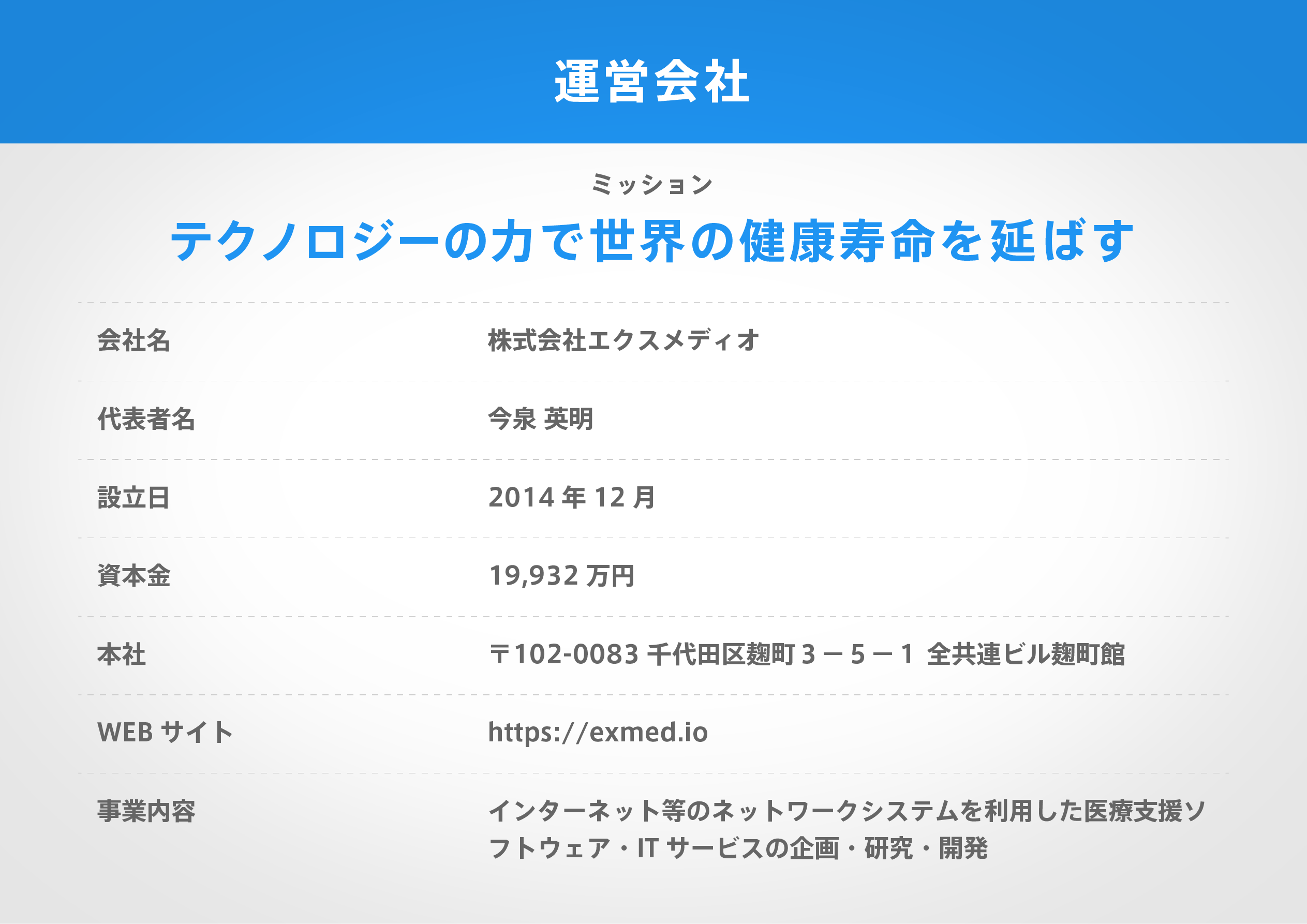著名医師による解説が無料で読めます
すると翻訳の精度が向上します
はじめに:遺伝性血管浮腫(HAE)は、C1阻害剤(C1INH)の欠乏または機能障害によって引き起こされるまれな遺伝性常染色体優性疾患です。臨床症状には、内臓の再発性皮下および粘膜下血管浮腫が含まれます。腹部攻撃は患者の90%以上に影響を及ぼし、しばしば誤診され、不必要な外科的処置をもたらします。 目的:腹部攻撃と寛解中にC1INH-HAE患者のイメージング研究(USG、CT)の有用性を分析する。 材料と方法:私たちは、I型およびII HAEの40人の患者を登録しました(30人の女性、男性10人、平均39歳)。C1INH-HAEの診断は、患者と家族の歴史に基づいており、C1INH血清レベルと活動の値が大幅に低下しました。腹部および骨盤の超音波は、腹部攻撃の最初の6時間以内に患者で行われ、寛解中に繰り返されました。さらに、23症例は、急性腹部症状中に腹部または骨盤のコンピューター断層撮影を受けました。最も一般的な超音波およびCT所見は、症状の進行中に遊離腹腔および腸浮腫にかなりの量の液体が一時的に存在し、患者の90%と50%で発作中に自然に消滅することを示しました。CTは、腸間膜リンパ節の拡大と腸の壁の肥厚に沿った脂肪の伸びも明らかにしました。 結論:超音波またはCTイメージングは、C1INH-HAEによる腹部攻撃の疑いがある患者の診断を促進します。それらは、症状攻撃で自発的に消える自由腹腔と腸の腫れに豊富な液体の移行的存在を識別することを可能にします。
はじめに:遺伝性血管浮腫(HAE)は、C1阻害剤(C1INH)の欠乏または機能障害によって引き起こされるまれな遺伝性常染色体優性疾患です。臨床症状には、内臓の再発性皮下および粘膜下血管浮腫が含まれます。腹部攻撃は患者の90%以上に影響を及ぼし、しばしば誤診され、不必要な外科的処置をもたらします。 目的:腹部攻撃と寛解中にC1INH-HAE患者のイメージング研究(USG、CT)の有用性を分析する。 材料と方法:私たちは、I型およびII HAEの40人の患者を登録しました(30人の女性、男性10人、平均39歳)。C1INH-HAEの診断は、患者と家族の歴史に基づいており、C1INH血清レベルと活動の値が大幅に低下しました。腹部および骨盤の超音波は、腹部攻撃の最初の6時間以内に患者で行われ、寛解中に繰り返されました。さらに、23症例は、急性腹部症状中に腹部または骨盤のコンピューター断層撮影を受けました。最も一般的な超音波およびCT所見は、症状の進行中に遊離腹腔および腸浮腫にかなりの量の液体が一時的に存在し、患者の90%と50%で発作中に自然に消滅することを示しました。CTは、腸間膜リンパ節の拡大と腸の壁の肥厚に沿った脂肪の伸びも明らかにしました。 結論:超音波またはCTイメージングは、C1INH-HAEによる腹部攻撃の疑いがある患者の診断を促進します。それらは、症状攻撃で自発的に消える自由腹腔と腸の腫れに豊富な液体の移行的存在を識別することを可能にします。
INTRODUCTION: Hereditary angioedema (HAE) is a rare inherited autosomal dominant disease caused by deficiency or dysfunction of C1 inhibitor (C1INH). Clinical symptoms include recurrent subcutaneous and submucosal angioedema of the internal organs. Abdominal attacks affect more than 90% of patients, are often misdiagnosed and result in unnecessary surgical procedures. AIM: To analyse the utility of imaging studies (USG, CT) in patients with C1INH-HAE during an abdominal attack and remission. MATERIAL AND METHODS: We enrolled 40 patients with type I and II HAE (30 women, 10 men; mean age 39 years). The diagnosis of C1INH-HAE was based on patient and family history, significantly reduced values of C1INH serum level and activity. Abdominal and pelvic ultrasound were performed in patients within the first 6 h of the abdominal attack and repeated during remission. Moreover, 23 cases underwent abdominal or pelvic computed tomography during acute abdominal symptoms. The most common ultrasound and CT findings showed the transient presence of a significant amount of fluid in the free abdominal cavity and intestinal oedema during the symptom progression and spontaneously disappearing during the seizure in 90% and 50% of patients, respectively. CT revealed also an enlargement of the mesenteric lymph nodes as well as a fat stranding along the bowel wall thickening. CONCLUSIONS: Ultrasound or CT imaging facilitates the diagnosis of the patient suspected of having an abdominal attack due to C1INH-HAE. They allow to identify transitional presence of an abundant fluid in the free abdominal cavity and intestinal swelling which spontaneously disappear with a symptoms attack.
医師のための臨床サポートサービス
ヒポクラ x マイナビのご紹介
無料会員登録していただくと、さらに便利で効率的な検索が可能になります。

